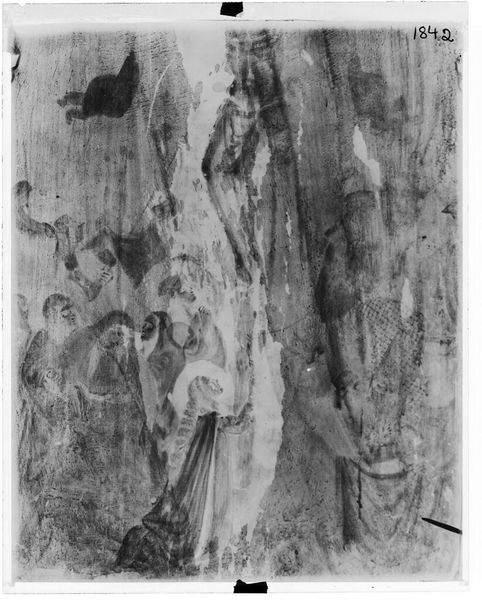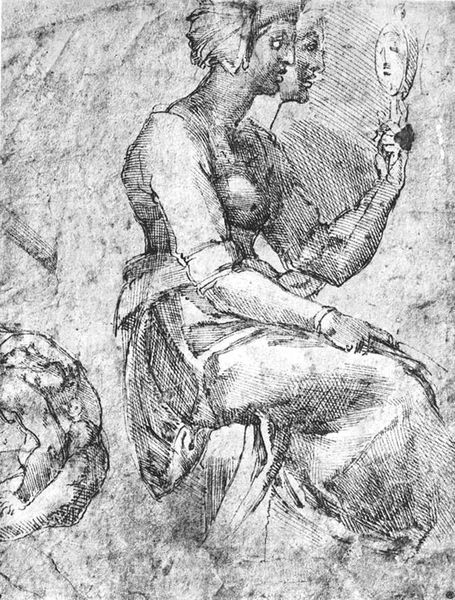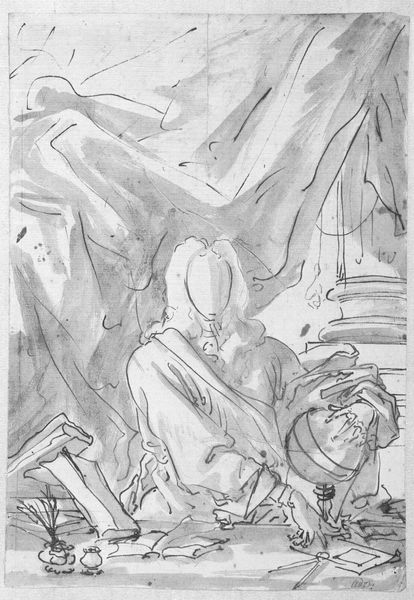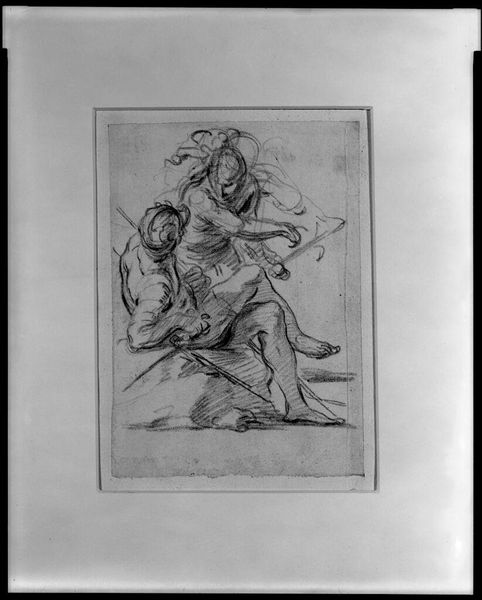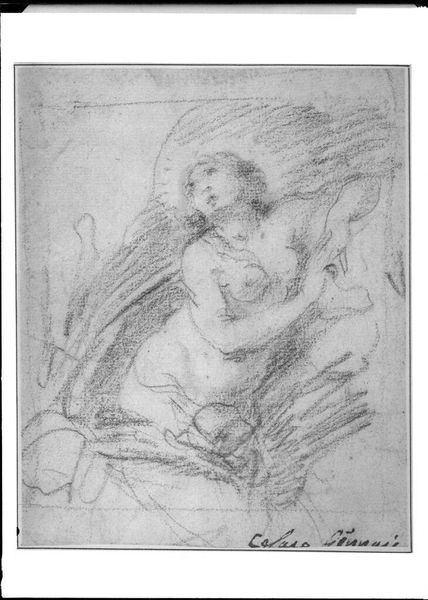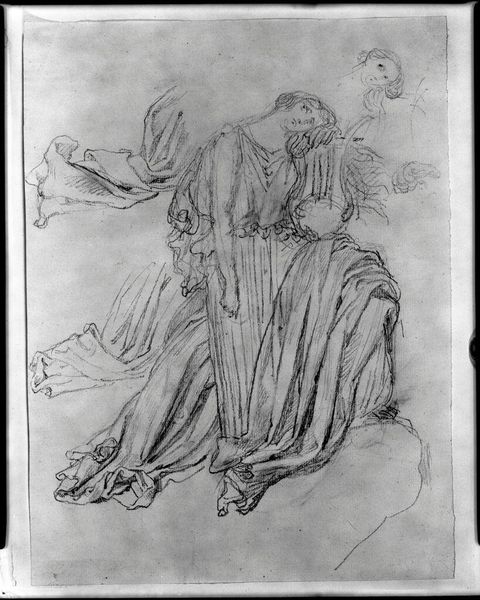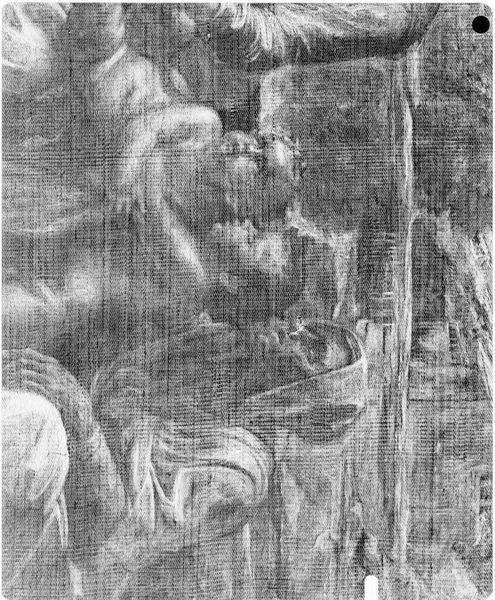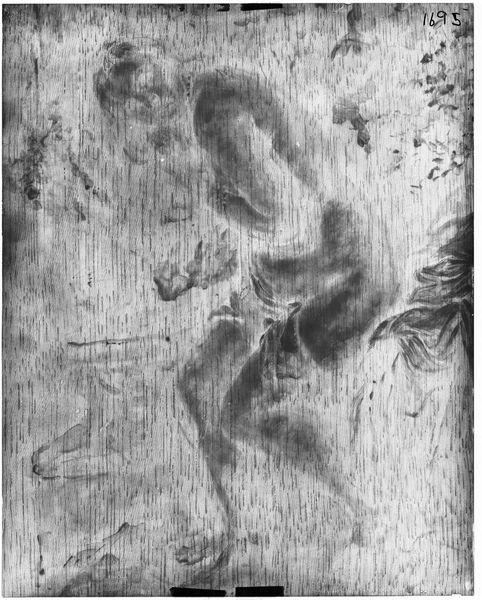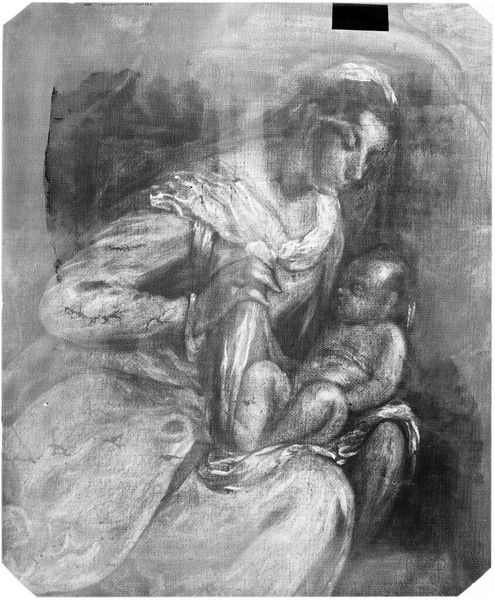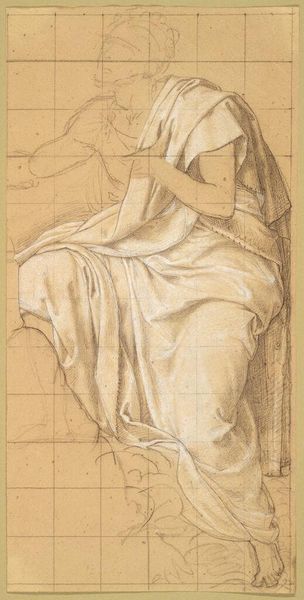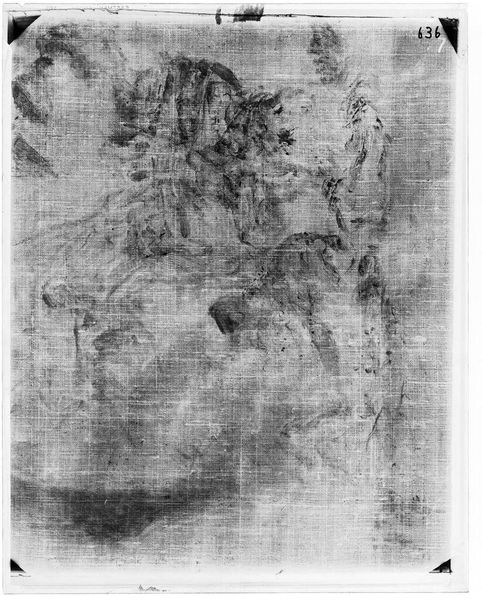
drawing, pencil
#
drawing
#
pencil sketch
#
figuration
#
11_renaissance
#
detailed observational sketch
#
pencil
#
history-painting
#
italian-renaissance
Copyright: Public domain
Editor: This is Giulio Cesare Procaccini’s "Study for the Pietà," created around 1604. It's a pencil drawing. The raw emotion just jumps out at you, doesn't it? It's all swirling lines and heavy shadows. What strikes you most about it? Curator: What a powerfully tender drawing, isn’t it? For me, beyond the obvious religious context, I see a universal exploration of grief. Procaccini’s use of line—those frantic, searching strokes—suggests not just a study for a larger work, but an emotional outpouring in itself. Almost like a visual prayer. The composition directs your eye to the face of Mary, doesn't it? Editor: It does. There's something almost unfinished about the other figures, like they're fading away. I wonder if that’s intentional, drawing attention to the Virgin’s pain? Curator: Precisely! Perhaps he's using the sketch form to explore the raw, unpolished nature of sorrow. It’s as if he’s capturing the very essence of mourning before refining it into the more formal "Pietà." Does the term "sprezzatura" come to mind at all when observing his hand? Editor: That's interesting—the nonchalance you see in some Renaissance art... but here it’s less about grace and more like barely contained emotion? Curator: Exactly! The drawing embodies this struggle, this tension between capturing grief's immediate rawness and fitting it into a classical composition. The medium perfectly serves his artistic purpose. Editor: So, the "unfinished" quality becomes part of the point? That's a new way for me to see preparatory sketches. Thanks! Curator: My pleasure! Art always reflects an endless dance, doesn't it, between intention, medium and emotion!
Comments
No comments
Be the first to comment and join the conversation on the ultimate creative platform.
